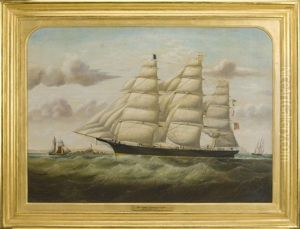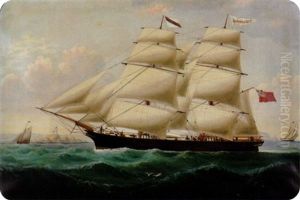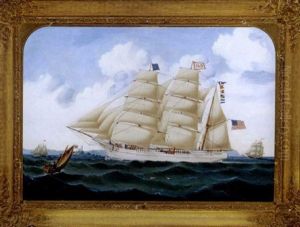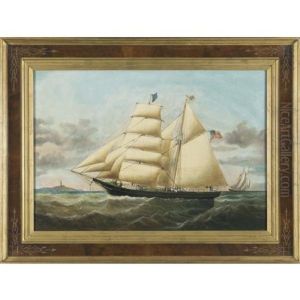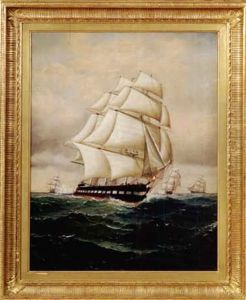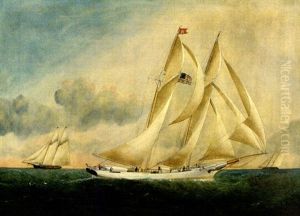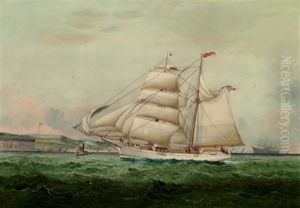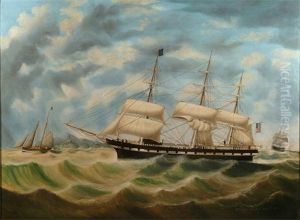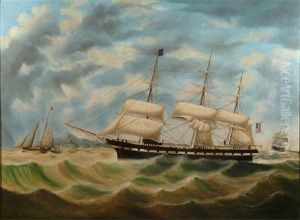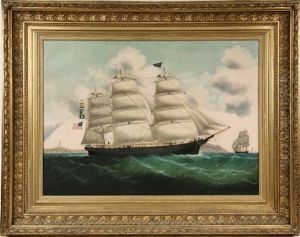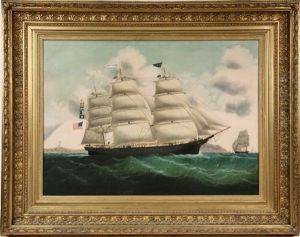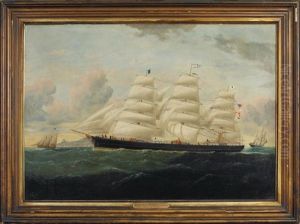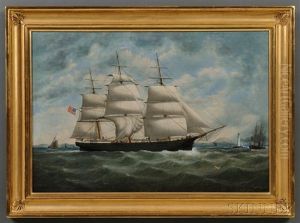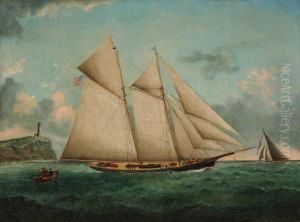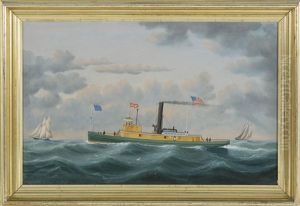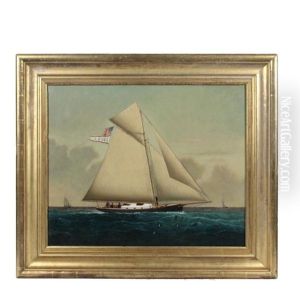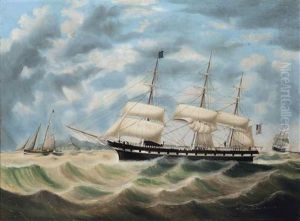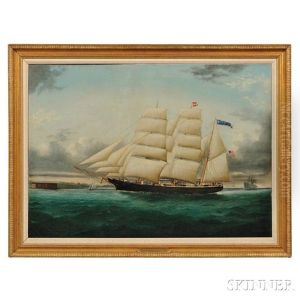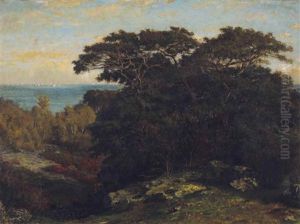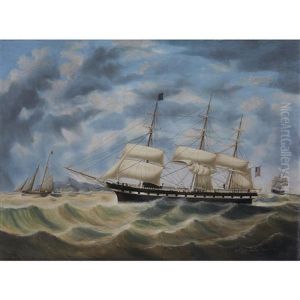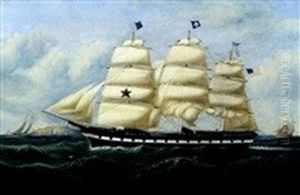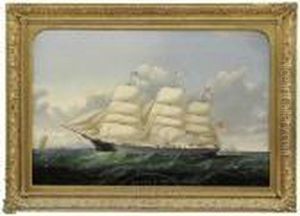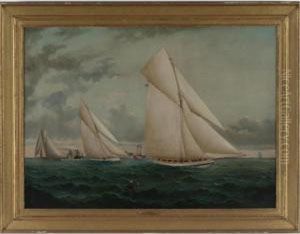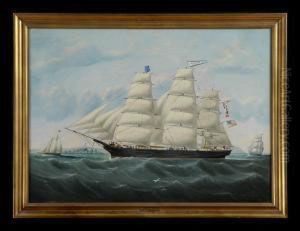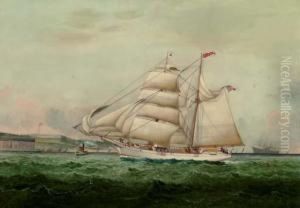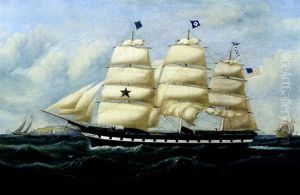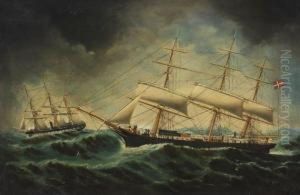William Gay Yorke Paintings
William Gay Yorke was a prominent British maritime artist known for his detailed ship portraits and maritime scenes. He was born in 1817, at a time when the British Empire was at the height of its maritime power, which provided him with ample inspiration for his work. Yorke's exact birthplace is not thoroughly documented, but it is believed that he was active in both England and Canada during his career.
Yorke's artistic talent emerged early, and he became well-regarded for his ability to capture the intricacies of sailing ships with precise detail and accuracy. His works often depicted vessels at sea, showcasing their elegance and the majesty of the marine environment. The era in which Yorke lived saw significant developments in naval architecture and the transition from sail to steam-powered vessels, elements that are sometimes reflected in his paintings.
Throughout his career, Yorke enjoyed the patronage of shipowners and maritime merchants who were eager to have their vessels immortalized on canvas. His paintings were characterized by their realistic portrayal of the subjects, which was achieved through meticulous attention to the technical aspects of the ships and the conditions at sea. Yorke's use of light and color also conveyed the atmosphere of the maritime scenes he painted, from tranquil waters to the drama of a ship battling a storm.
William Gay Yorke's contribution to maritime art was substantial, as his works have provided historians and enthusiasts with a visual record of the ships and seafaring culture of the 19th century. Despite his artistic achievements, not much is known about his personal life or artistic training. The latter part of his life saw him working in Canada, where he continued to produce ship portraits for local shipowners and captains.
Yorke passed away in 1892, leaving behind a legacy of numerous paintings that continue to be appreciated for their historical value and artistic merit. His works can be found in private collections and maritime museums around the world, serving as a testament to the skill and dedication he brought to his portrayal of the ships of his time.
